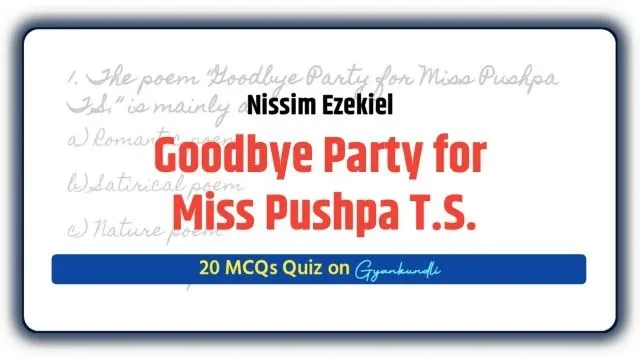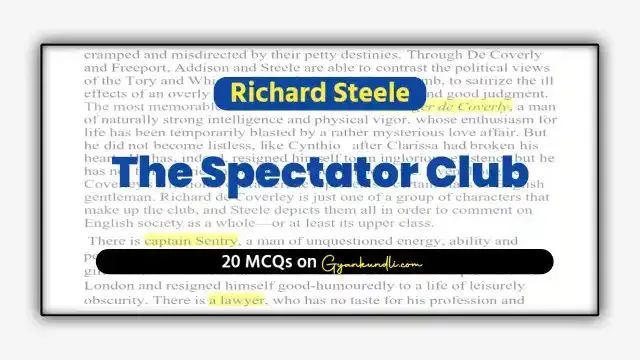1. What is the appropriate salutation for a formal letter when you know the recipient’s name?
– A. Dear Sir/Madam
– B. To Whom It May Concern
– C. Dear [Recipient’s Name]
– D. Greetings
Answer: C. Dear [Recipient’s Name]
2. Which part of a formal letter typically includes the sender’s address and date?
– A. Salutation
– B. Body
– C. Closing
– D. Heading
Answer: D. Heading
3. In a letter of complaint, what should be the main focus of the body paragraphs?
– A. Complimenting the recipient
– B. Describing the weather
– C. Detailing the issues and providing evidence
– D. Sharing personal experiences
Answer: C. Detailing the issues and providing evidence
4. What is the purpose of the complimentary close in a letter?
– A. To introduce the main topic
– B. To express gratitude or goodwill
– C. To list additional information
– D. To apologize for any inconvenience
Answer: B. To express gratitude or goodwill
5. Which type of letter is commonly used for job applications?
– A. Informal Letter
– B. Personal Letter
– C. Formal Letter
– D. Thank You Letter
Answer: C. Formal Letter
6. What should be included in the first paragraph of a formal letter?
– A. Closing remarks
– B. Main body content
– C. Sender’s address and date
– D. Purpose or reason for writing
Answer: D. Purpose or reason for writing
7. Which of the following is an appropriate way to address an unknown recipient in a formal letter?
– A. Hello
– B. To Whom It May Concern
– C. Hi [Recipient’s Name]
– D. Dear Sir/Madam
Answer: B. To Whom It May Concern
8. What is the purpose of the subject line in a business letter?
– A. To provide additional information
– B. To greet the recipient
– C. To summarize the main idea of the letter
– D. To share personal anecdotes
Answer: C. To summarize the main idea of the letter
9. In a thank-you letter, what is the primary focus of the content?
– A. Describing personal achievements
– B. Expressing gratitude and acknowledging specific actions
– C. Requesting a favor
– D. Apologizing for mistakes
Answer: B. Expressing gratitude and acknowledging specific actions
10. What is the purpose of the postscript (P.S.) in a letter?
– A. To introduce new information
– B. To express the main idea
– C. To add a personal note or reminder
– D. To conclude the letter
Answer: C. To add a personal note or reminder
11. What is the appropriate tone for an informal letter to close friend?
– A. Formal and professional
– B. Casual and friendly
– C. Polite and reserved
– D. Authoritative and commanding
Answer: B. Casual and friendly
12. Which of the following is a common way to close a formal letter?
– A. Yours truly
– B. Best wishes
– C. Cheers
– D. Take care
Answer: A. Yours truly
13. When writing a letter of recommendation, what should be emphasized?
– A. Criticizing the recipient
– B. Highlighting the person’s strengths and achievements
– C. Discussing personal grievances
– D. Revealing confidential information
Answer: B. Highlighting the person’s strengths and achievements
14. In a letter of inquiry, what is the main purpose of the opening paragraph?
– A. Providing background information
– B. Introducing the sender’s identity
– C. Asking specific questions or expressing interest
– D. Concluding the letter
Answer: C. Asking specific questions or expressing interest
15. When addressing an envelope, where should the sender’s address be placed?
– A. Bottom left corner
– B. Top right corner
– C. Top left corner
– D. Bottom right corner
Answer: C. Top left corner
16. Which of the following is an appropriate way to address a professor in a formal letter?
– A. Hi Professor [Last Name]
– B. Dear [First Name]
– C. To Whom It May Concern
– D. Dear Professor [Last Name]
Answer: D. Dear Professor [Last Name]
17. In a letter of resignation, what information is crucial to include?
– A. Expressing dissatisfaction with the company
– B. Sharing personal achievements
– C. Effective date of resignation and a brief reason
– D. Requesting a promotion
Answer: C. Effective date of resignation and a brief reason
18. What is the purpose of indenting paragraphs in a formal letter?
– A. To save space
– B. To make the letter look longer
– C. To create a professional appearance
– D. To increase font size
Answer: C. To create a professional appearance
19. In a formal letter, what is the role of the second paragraph of the body?
– A. Introducing the main idea
– B. Providing supporting details
– C. Closing remarks
– D. Greeting the recipient
Answer: B. Providing supporting details
20. When is it appropriate to use bullet points or numbered lists in a letter?
– A. In formal business letters
– B. In personal letters to friends
– C. To highlight key points or lists of items
– D. Never in any type of letter
Answer: C. To highlight key points or lists of items
Discover more from Gyankundli
Subscribe to get the latest posts sent to your email.















